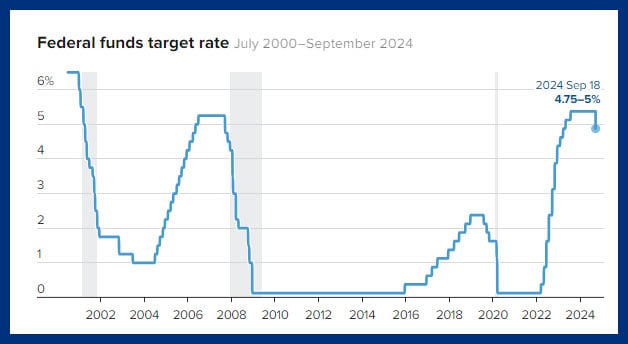Retiring with little to no savings can be challenging, but it is not impossible.
Canada Pension Plan (CPP)
For a retiree who has worked most of their life, the Canada Pension Plan (CPP) will provide a modest retire income. The CPP retirement pension is meant to replace 25% of your historical career earnings, up to a certain limit. The CPP enhancement that started in 2019 will gradually increase that replacement rate to 33% over time.
In 2024, the maximum CPP retirement pension payment at age 65 is $1,365 per month—that is up to $16,375 per year. However, most retirees do not make enough CPP contributions during their careers to receive the maximum. In fact, the average CPP pensioner was receiving only $758 per month in October 2023—about 58% of the maximum. A CPP Statement of Contributions can be obtained from Service Canada to help estimate your future CPP pension.
CPP retirement pension payments can start as early as age 60 or as late as age 70, and the later you start your pension, the higher the benefit you will receive. There can be a lot of factors to consider related to timing your CPP pension, and payments are adjusted annually to account for increases in inflation and the cost of living.
sponsored
National Bank: The Chequing Account for Newcomers to Canada
- Awarded Best Bank for Newcomers to Canada by MoneySense.
- Open an account with no fixed monthly fee for up to 3 years.
Old Age Security (OAS) and the Guaranteed Income Supplement (GIS)
Beyond CPP, retirees can also expect to receive an Old Age Security (OAS) pension. OAS is not based on work or contribution history, as it is a non-contributory pension. It is instead based on residency. A lifetime or long-time Canadian resident may receive up to $713 per month at age 65 as of the first quarter of 2024, which is $8,565 annualized. A 2022 change to OAS now means that pensioners aged 75 and over receive a 10% increase in their OAS pension. The maximum for a 75-year-old in the first quarter of 2024 is $785 per month, or up to $9,416 per year. This assumes they started their pension at age 65. OAS is adjusted quarterly based on inflation.
OAS can begin as early as age 65 or as late as age 70. Delaying OAS can boost payments by 0.6% per month or 7.2% per year, so that you get more monthly, but for fewer years.
A low-income retiree with little to no retirement savings should consider starting OAS at 65, especially if they are no longer working. The ideal timing of a CPP retirement pension is a little more variable, but the main reason to consider applying for OAS at 65 is a related benefit called the Guaranteed Income Supplement (GIS).
GIS is a tax-free monthly benefit paid to OAS pensioners with low incomes. Single retirees whose incomes are below $21,624 excluding OAS may receive up to $1,065 per month, or $12,786 per year, as of the first quarter of 2024. The maximum income and benefit for couples varies depending upon whether both are receiving OAS. If both spouses are receiving the full OAS pension, their maximum combined income to qualify for GIS is $28,560 excluding OAS, and the maximum monthly benefit is $641 each ($7,696 annually). If your spouse is not receiving an OAS pension, the income limit rises to $51,840 excluding OAS, and a $1,065 monthly ($12,786 annual) maximum benefit applies.





